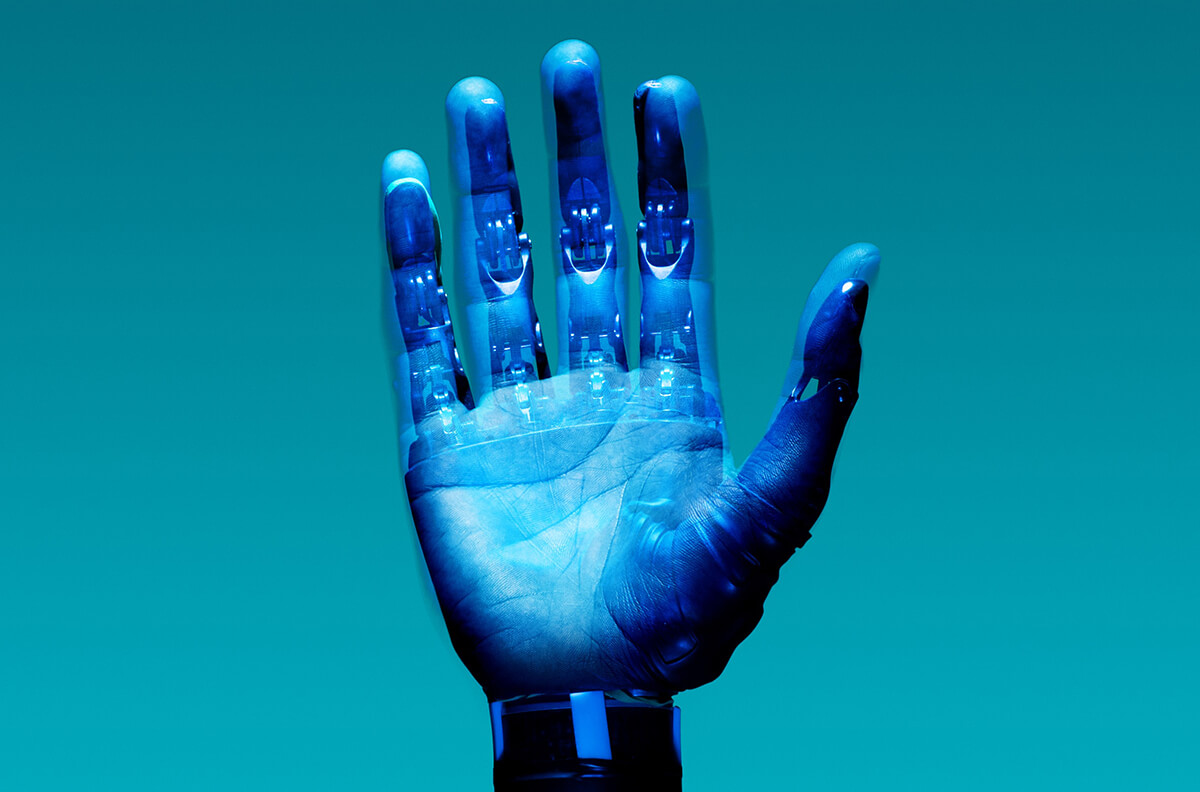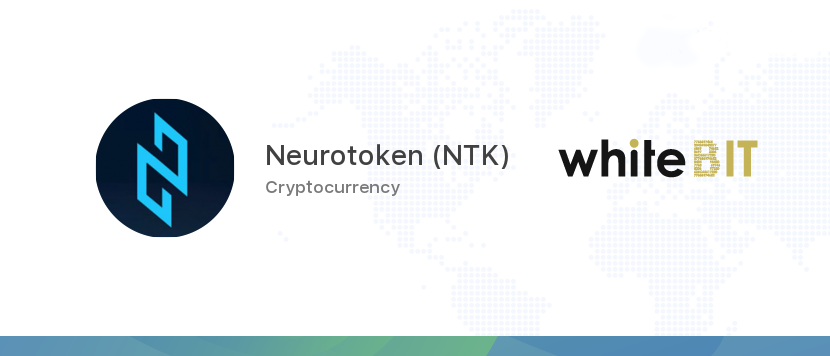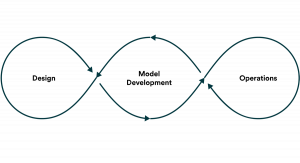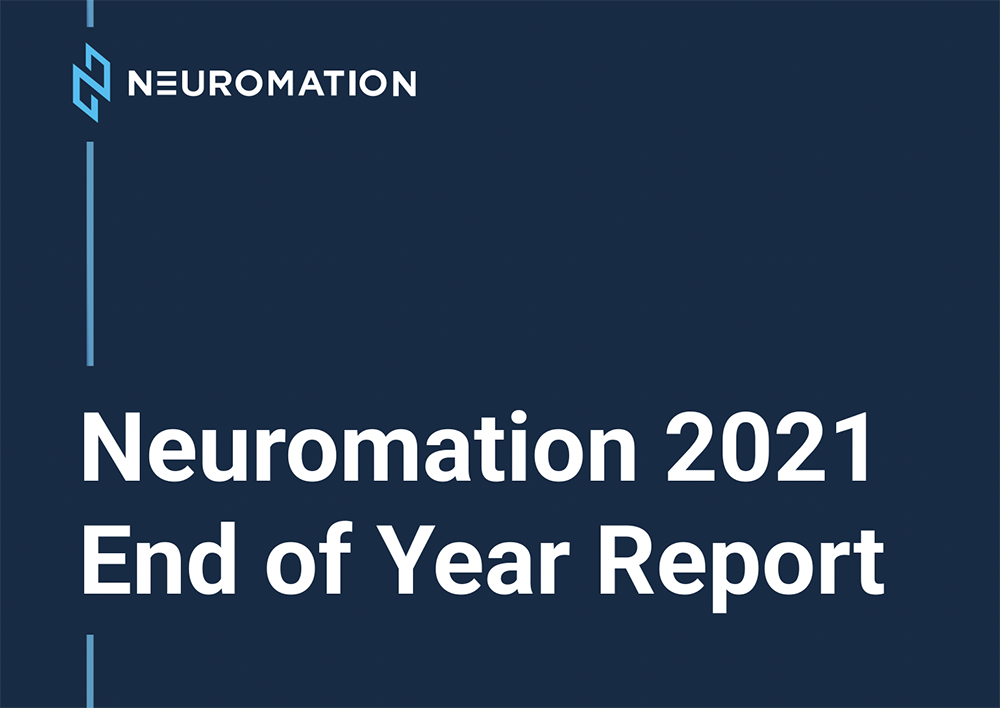
MLOps is a hot new trend in data science town.
So it follows that there are a lot of new (and not so) MLOps tools coming up to the mainstream spotlight. But the problem is that because MLOps is a novel movement, many solutions offer significantly in terms of portability, feature sets, and costs.
So how do you pick a good MLOps tool for your project? Assess each contender through the pane of the next six features!
1. Portability
On-premises or in the cloud, a good MLOPs tool lets you run your jobs in the environment of your choice. Having the ability to connect any type of CPU/GPU resources gives you extra speed and scalability. What’s more, the ability to sequentially use different clouds (or run your projects in hybrid or multi-cloud environments) lets you leverage respective toolkits, provided by the vendor.
For instance, Azure ML offers better support for IoT products and edge deployments, whereas AmazonSageMaker has more comprehensive model monitoring capabilities. Also, by using different resources interchangeably, you can trim the costs of developing your models.
2. Streamlined Data Management
Over a half (52%) of AI projects are held back by data quality, quantity, or access.
Indeed, some of the best business intel is stashed deep inside an array of proprietary systems, using different data storage and transmission formats.
For the above reason, you’d want to have an agnostic MLOPs tool that can be integrated with different data registry backends. Neu.ro MLOps platform, for instance, supports direct data uploads via CLI, plus lets you configure data integrations with all popular cloud storage solutions (AWS S3, Google Cloud Storage, Azure Blob Storage, etc).
Beyond that, you should also check if the vendor supports:
- Feature store creation — a centralized repository for storing, organizing, and managing all feature values.
- Data registry — a separate storage unit for keeping different dataset versions, plus metadata.
Both cut down time spent on wrangling with data and help ensure that your team always has hot-key access to the correct sources and datasets.
3. Experiment Tracking
Having the ability to compare and contracts different experiments empowers you to make faster progress. After all, an issue detected at the development stage (e.g. weights over-optimization in a neural network) lets you apply emergency fixes, instead of wondering why the model painfully underperforms post-deployment.
An experiment tracking component helps you log parameters, code versions, and model metrics using different APIs when running experiments. Plus, visualize the results on a UI.
4. Model Training Automation
Automation pipelines chop the training time for new models by applying the CI/CD principles to model development.
The benefits of automated pipelines:
- Standardization: Break down every step of your project into reusable, easy-to-replicate, and self-execution components to avoid manual errors.
- Speed: By automating job scheduling, execution, and orchestration you can bring new models to production faster and with a greater degree of certainty.
- Faster interaction: When the model code is broken into standard components, it easy to apply targeted fixes at different stages of the MLOps lifecycle.
- Version control: Gain visibility into different model versions and code components to prevent raw components from slipping into production.
5. Hyperparameter Tuning
Hypermaraper tuning helps you perfect your model performance through systematic optimization of hyperparameter values. Some MLOps tools such as Neu.ro, Azure Machine Learning, Spell, and Floydhub among others, feature a library of hyperparameter tuning techniques, plus let you easily employ other optimization methods.
Read more about hyperparameter tuning best practices.
6. Model Monitoring and Analysis
Lastly, the ability to catch early signs of model drift and underperformance is another feature worth considering for an MLOps tool.
In particular, a robust model monitoring and analytics component should let you observe:
- Model performance accuracy over time
- Model drift (and alerts)
- Model bias
- Data quality
- Feature attribution
- Cloud resources consumption
In addition, look for solutions that visualize above and provide dashboard access to model performance insights, alerts, and custom queries. Also, if you are running hybrid or multi-cloud deployments, make sure that the analytics tool integrates with all the target environments.
Prometheus and Grafana enable the best model observability capabilities. Both are open-source. Grafana can be integrated with several MLOPs platforms such as Spell and IBM’s Fabric for Deep Learning among others. Neu.rohas both Prometheus and Grafana pre-installed and configured as part of its offering.
To Conclude: Which MLOPs Tool to Select?
There’s no right or wrong answer to this question. Ultimately, your choice boils down to your project needs, levels of maturity, and scale of deployments. At this point, the MLOPs market is rather fragmented, with different vendors offering different value propositions.
Many platforms have a closed ecosystem on native features, custom-built or developed based on the open-sources frameworks. Others, support custom integrations and are highly extensible, allowing you to run operations across environments and incorporate extra libraries, frameworks, and tools for trade for running successful machine learning projects.
Our team recently prepared an in-depth report on the state of the MLOPs market in 2021. We analyzed the top ten MLOPs platforms and ranked them based on the overall maturity and product feature availability.





